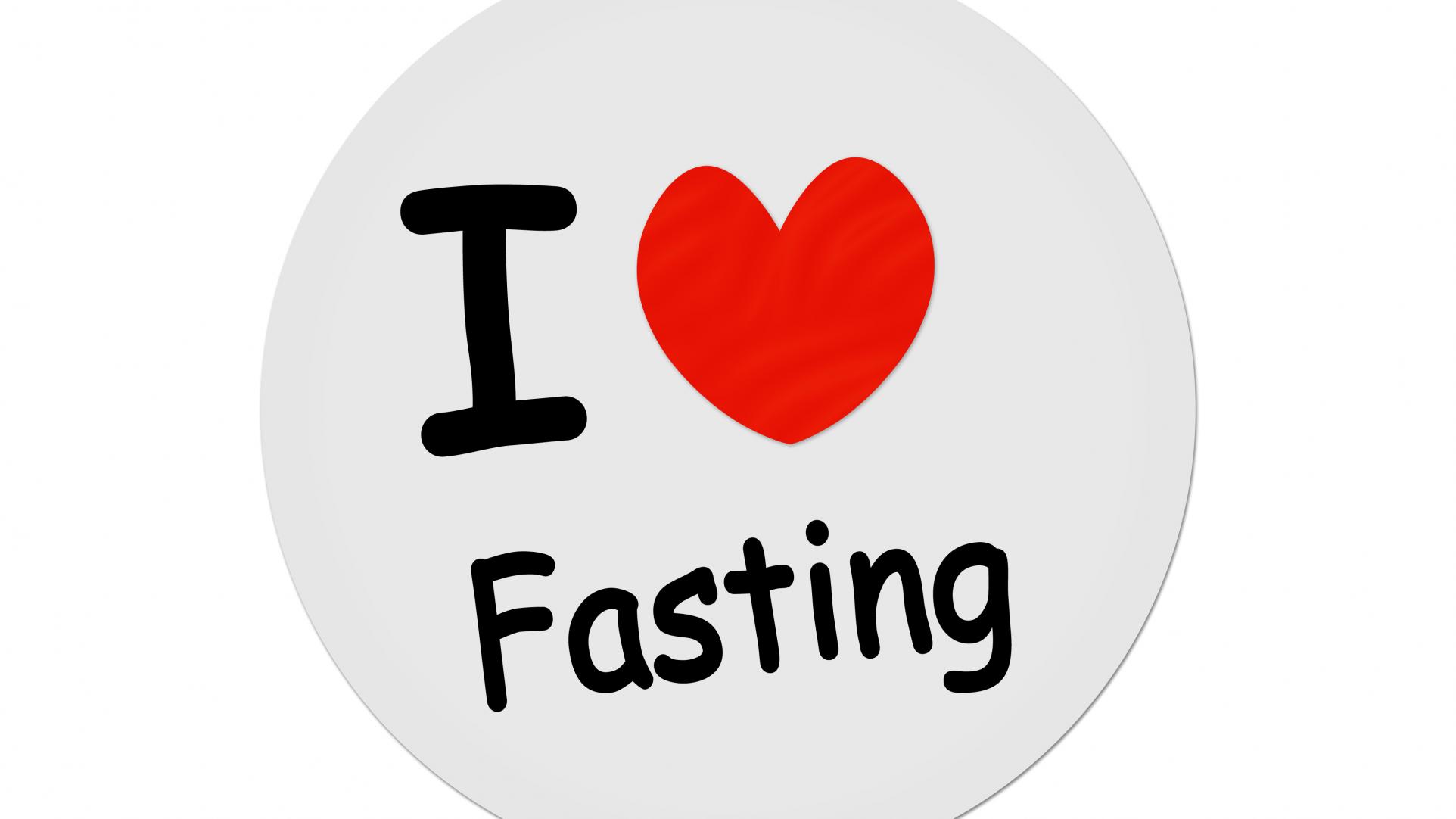In the first part of this series, I described the Biblical precedent set for Christians to practice fasting, and the rationale for its use in the times in which we now live. In this installment of the series, we will cover one, simple way to begin to incorporate fasting into your life.
With an emphasis on “one, simple way,” I will pass over many good and reasonable types and methods of fasting which are used to very good effect. I do this for several reasons. Most people have either never fasted, have tried and had difficulty in some way, or haven’t successfully fasted in a very long time. What follows is an example that I hope will be instructional for anyone who falls into those broad categories. This plan was designed to achieve several important goals.
- Make the transition from the fed state to a fasting state as tolerable as possible.
- Disrupt the daily routine as little as possible.
- Maximize the chances of success, while minimizing the time required to achieve it.
- Leave you in a situation that has long term sustainability.
It should be added here that those who have medical conditions, especially metabolic disorders such as diabetes, are safest when monitored closely by their physician while engaged in fasting. One of the main reasons is that fasting, when done correctly, is therapeutic and the relative improvement in any medical condition can result in relative overmedication which needs to be identified through closer and more frequent monitoring than usual (such as can be done while enrolled in a program at a lifestyle center or an intensive outpatient clinic). So, having said that, let’s discuss a method that is safe, simple, and easy to implement!
In the United States, most of us eat three meals a day. First, we eat when we get up in the morning before leaving home to go to work or school. We refer to that as breakfast. We eat again in the middle of the day during what we call a lunch break. Later, after finishing our scholastic or professional obligations, we are free to partake of a third meal usually sometime in the evening. Hopefully, this is not just before going to bed when our body is entering the least active period of our day and more easily stores excess calories as fat. What is an easy and simple alternative to the above common scenario?
Every day, we routinely fast 12 hours…we just happen to be sleeping, so no one seems to notice or talk about it. I took advantage of this sleeping/fasting window and just ate dinner earlier, moving it as far away from bedtime as possible. That increased my daily fasting window to about 13-14 hours without any noticeable extra effort in food prep, or hunger, whatsoever. Next, I started eating breakfast 1 hour later each day. But, I did have to take breakfast with me instead of eating it at home. It was no different than needing to pack a lunch, the only difference for me was the menu. Now, I must say that feeling hungry after missing my usual breakfast time was very noticeable…for about 30 minutes. Then it subsided. I have found others say this is close to their experience as well. By delaying mealtime 1 hour each day, you minimize this unpleasant period of feeling hungry and can know that in a matter of minutes, you will be eating anyway. You can do this! We have all unexpectedly had to wait at a restaurant for an hour to be served a meal, and we all can choose to do it if we need to. Many people find that drinking a large amount of water can help dampen the sense of hunger during this time.
In a few days, my breakfast and lunch were happening within about 3 hours of each other. I pushed lunch later in the day as far as the work cafeteria would allow it, and in a few more days I just stopped eating one of those two meals. Because I had progressively practiced patient endurance by delaying breakfast by 1 hour each day, it was not too much more of a challenge to wait 2-3 hours longer for breakfast and drop lunch entirely. Thus I shifted into a two meal-a-day plan with the first meal occurring at about 1 pm, and the second at about 6 pm. The psychological and physical costs were relatively small compared to other ways of fasting. True, I had to pack a breakfast to take to work. And yes, I had to endure hunger, but it was for less than an hour a day for about a week. After that, I was successfully engaged in an 18 hour intermittent fast…every day, for as long as I wanted.
In the next installment of this series, I will describe what I believe are the most important advantages afforded by this type of fasting and distinguish it from time-restricted feeding (TRF).
Until then, Be Well!
Medical Disclaimer: These articles are for informational purposes and not intended to take the place of a medical professional. Neither the publisher nor the author are claiming to treat or diagnose illness of any kind.




